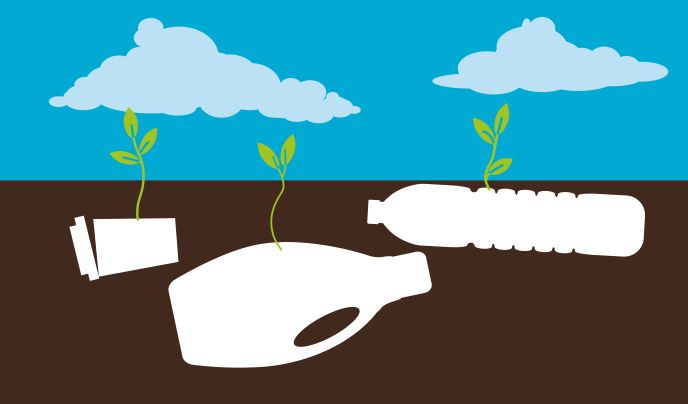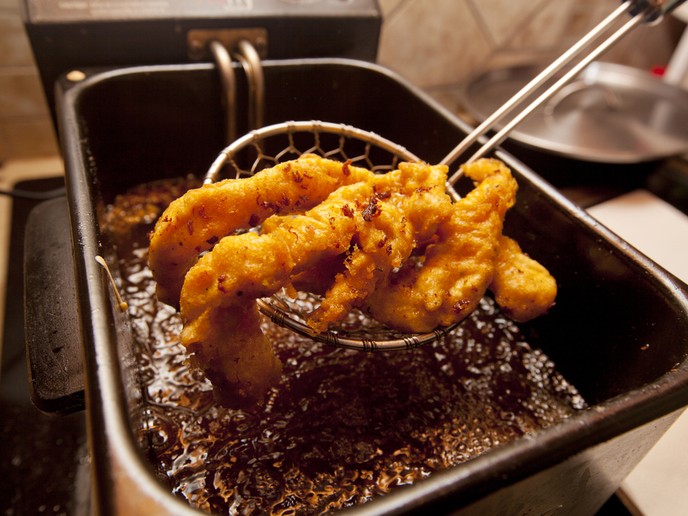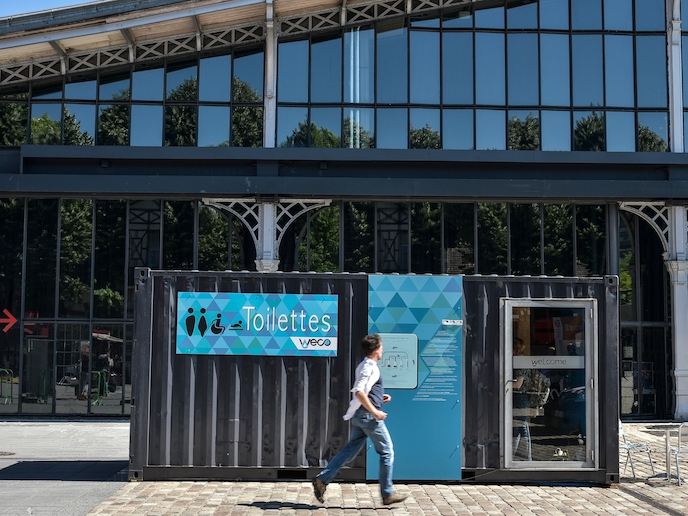Ceramics out of water treatment residues
Water work sludge or Water Treatment Residue (WTR) is the material that results from purification of drinking water at waterworks. This condensed muddy material is composed of microscopic organic and inorganic particulate matter. Until now this sludge was mainly being disposed of in sewers and is often finally to rivers or the sea. A initial alternative to the above procedure is to spread this sludge over agricultural areas. However large sludge disposal requirements arise in densely populated areas, in cities, where agricultural land is usually unavailable as are the landfills required for the second alternative procedure. This second alternative consists of mechanically dewatering the sludge producing a “cake”, which can consequently be disposed of to landfills. The physical lack of landfill space around big cities is not the only problematic issue for disposal of WTR, more significant is the competition for the disposal of various wastes, such as industrial or municipal waste, in the available landfills. The current research project while acknowledging the fact that costs associated with the future disposal of waterworks sludge will inevitably continue to rise and aiming to minimise the environmental pollution its disposal produces, has thoroughly explored the recycling possibilities of this material. The water treatment residue is a material compatible with the raw materials used by the ceramic manufacturers for clay based building products and refractory industries. Full-scale trials at a ceramics factory showed that a percentage of up to 8% of the normal raw material can be substituted by the waterworks' sludge without affecting product specifications and quality. The products tiles, bricks, pipes and refractory products, were characterised using physical, chemical and ceramic standard evaluation procedures. Yet another benefit of the proposed technology is the fact that it will aid the future conservation of traditional ceramic raw materials. EU legislation concerning the extractive mineral industry demands quarrying activities, necessary for the ceramics natural raw materials, to be performed under stringent conditions, therefore, increasing associated costs sharply. The introduction of sludge as an alternative raw material will reduce quarrying significantly. Modelling in industrial scales of the proposed recycling method shows that in the United Kingdom water sludge producers will save up to 50% of their current disposal costs by simply handing the waste over to ceramic manufacturers for free. They in turn will benefit from receiving and incorporating this material into their production line.







